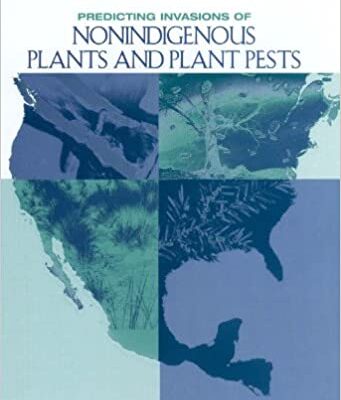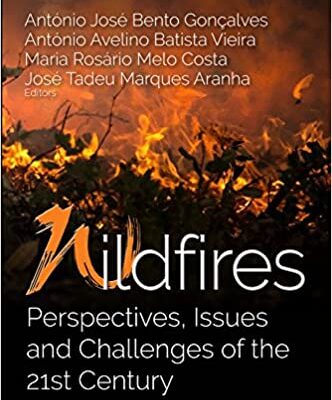Product details
-
- ASIN : 0715632574
- Publisher : Duckworth Pub; 2nd edition (April 1, 2004)
- Language : English
- Hardcover : 319 pages
- ISBN-10 : 9780715632574
- ISBN-13 : 978-0715632574
- Item Weight : 1.25 pounds
- Dimensions : 7.87 x 5.51 x 1.57 inches









There are no reviews yet.